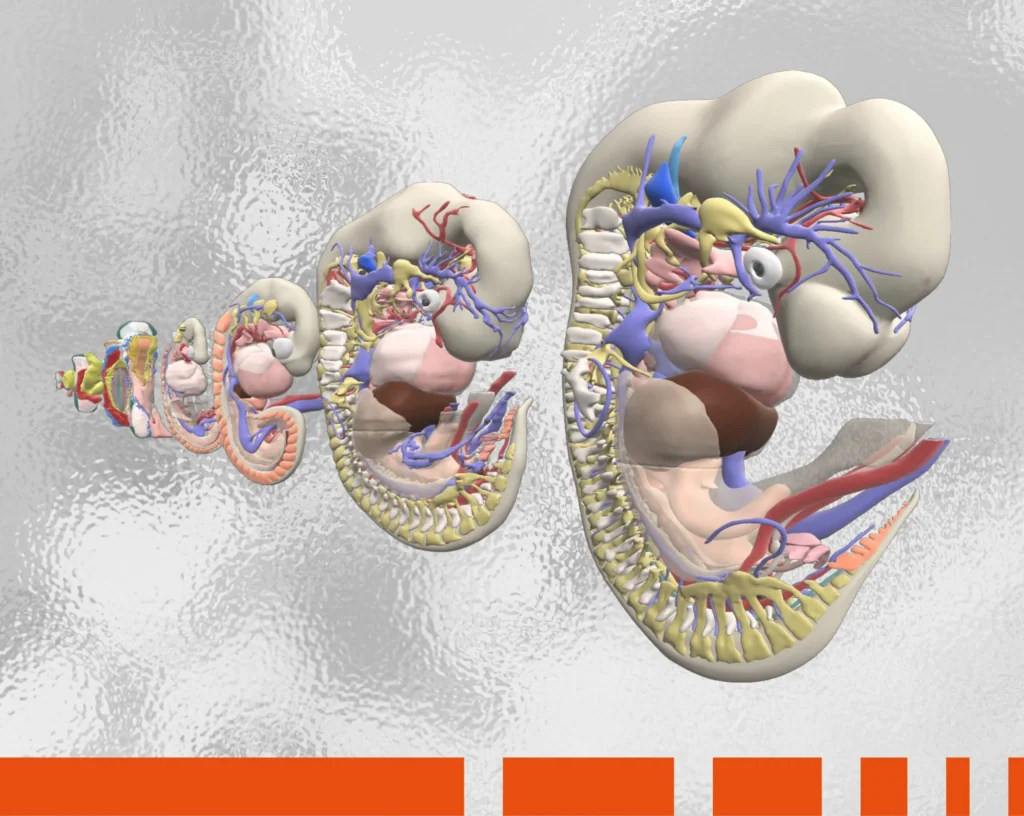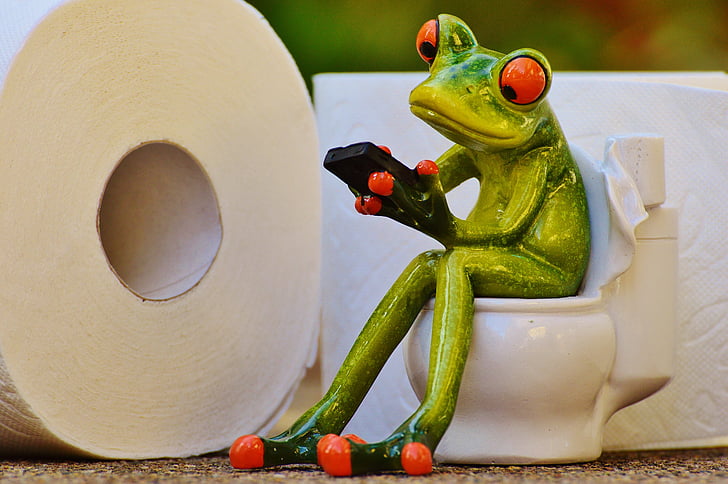Nov. 19 is World Toilet Day (yes, this is a real thing)! If you were planning on marking the occasion by spending a prolonged period of time sitting on the toilet, perhaps even reading this, may we suggest doing something else. Why? First, because there are countless other things to do and second, because doing so risks the formation of a host of uncomfortable or downright excruciating conditions – including the dreaded hemorrhoids. To understand how leafing through a magazine or scrolling on your phone while sitting on the throne can lead to these dire consequences, we must first understand the anatomy of the anal canal, how sitting and certain toilet habits can affect its functioning and health and finally, how the issues that may crop up when you spend too much time sitting down can be avoided or treated.
End of a journey: Anatomy of the anal canal
First things first: What and where exactly is the anal canal? It’s the last section of the gastrointestinal tract, and the anus refers to the area occupied by the anal canal. At about 4 cm long, the anal canal is a continuation of the rectum and is where waste exits the body. Allowing the waste to pass through the canal and out of the body is controlled by the muscles and other components lining this vital area, such as:
-
- The internal sphincter muscles, which activate involuntarily.
- The external sphincter muscles, which can be controlled voluntarily.
- The dentate line, which divides the anal canal into its superior (above the line) and inferior (below the dentate line) parts.
- The superior portion of the anal canal is sensitive to stretch, but lacks pain receptors. This area is lined with three anal cushions that are composed of connective tissue, smooth muscle and a network of blood vessels called the internal hemorrhoidal plexus. The anal cushions ensure complete closure of the anal canal at rest and maintain continence.
- The inferior portion of the anal canal is sensitive to pain, touch and temperature. This area also contains another network of blood vessels called the external hemorrhoidal plexus.
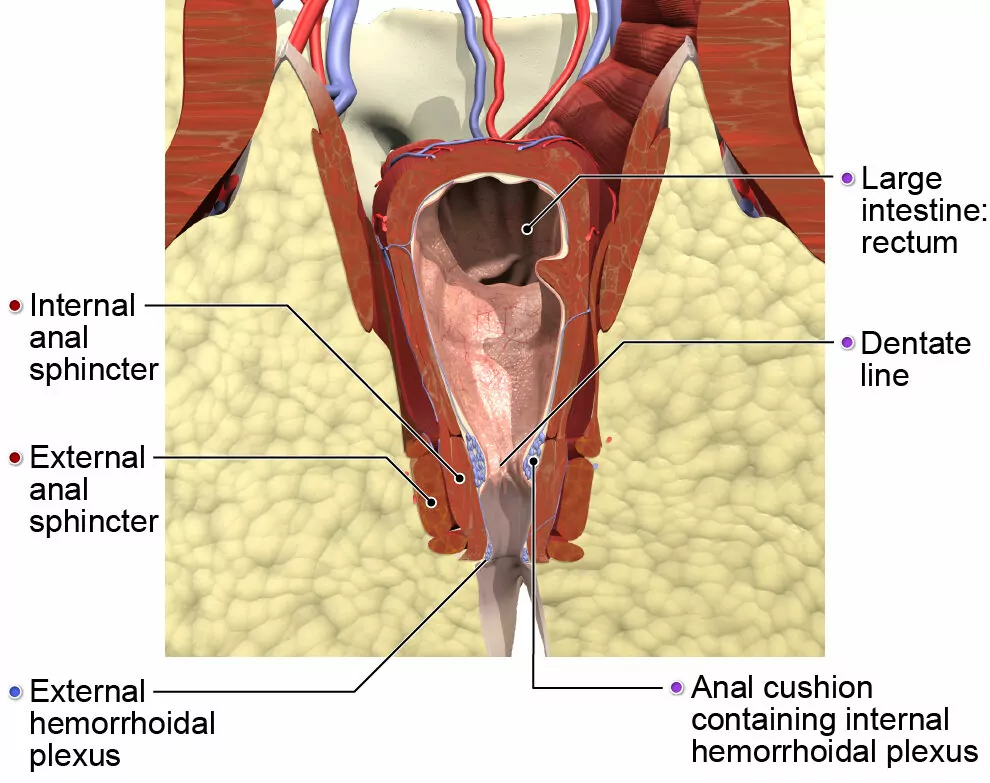
Too much pressure
One of the ways these anal cushions can become displaced is by doing something that exerts excessive pressure on them, like straining to defecate or sitting for prolonged periods on the toilet. These actions can result in shear stress and deep tissue pressure injury that weakens the supporting structures in and around the anal canal, especially the anal cushions. In fact, studies have shown that toilet habits like sitting and scrolling on your smartphone can prolong the amount of time you spend on the toilet and can actually contribute to both displacement of the anal cushions and to constipation itself, creating a vicious cycle. Using your phone while on the throne isn’t the most sanitary thing you can do, either. Think of that the next time you’re tempted to text on the toilet!
Commode-related consequences
We’ve mentioned that sitting on the toilet for an extended time spells trouble for the anal canal. But what exactly are hemorrhoids and other related conditions that can negatively impact this important portion of the anatomy?
Hemorrhoids (otherwise known as piles) come in three general varieties:
-
- Internal hemorrhoids are enlarged and prolapsed anal cushions. They develop and remain in the anal canal and are formed by straining too hard and excessive pressure, as mentioned.
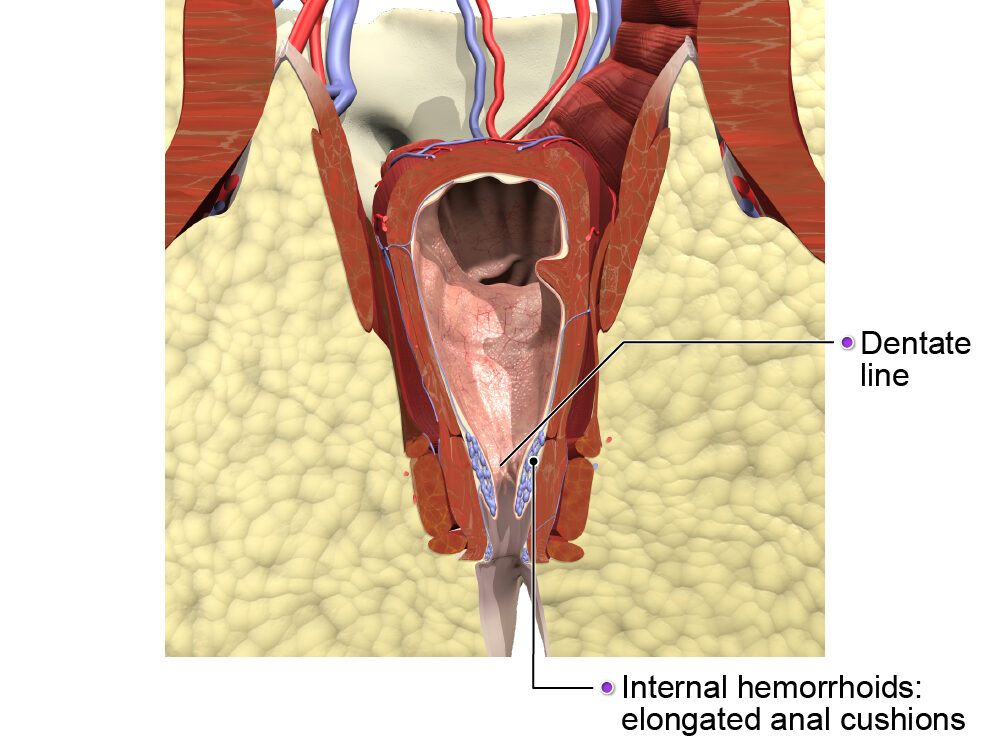
- Internal hemorrhoids are enlarged and prolapsed anal cushions. They develop and remain in the anal canal and are formed by straining too hard and excessive pressure, as mentioned.
-
- External hemorrhoids form under the skin around the outside of the anal opening and are caused by the swelling and engorgement of the external hemorrhoidal plexus below the dentate line – again caused by excess pressure from activities such as dilly-dallying on the toilet.
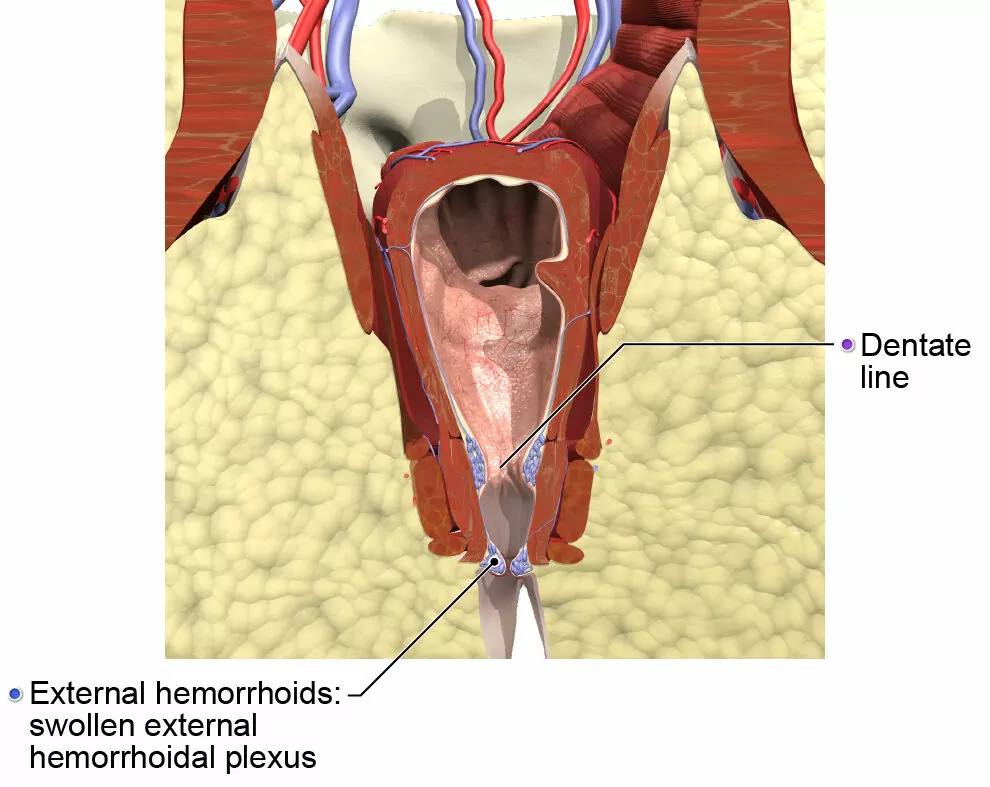
- External hemorrhoids form under the skin around the outside of the anal opening and are caused by the swelling and engorgement of the external hemorrhoidal plexus below the dentate line – again caused by excess pressure from activities such as dilly-dallying on the toilet.
-
- Last and definitely least are prolapsed hemorrhoids, which stretch and bulge and protrude outside the anus. They may become thrombosed, resulting in extreme pain.
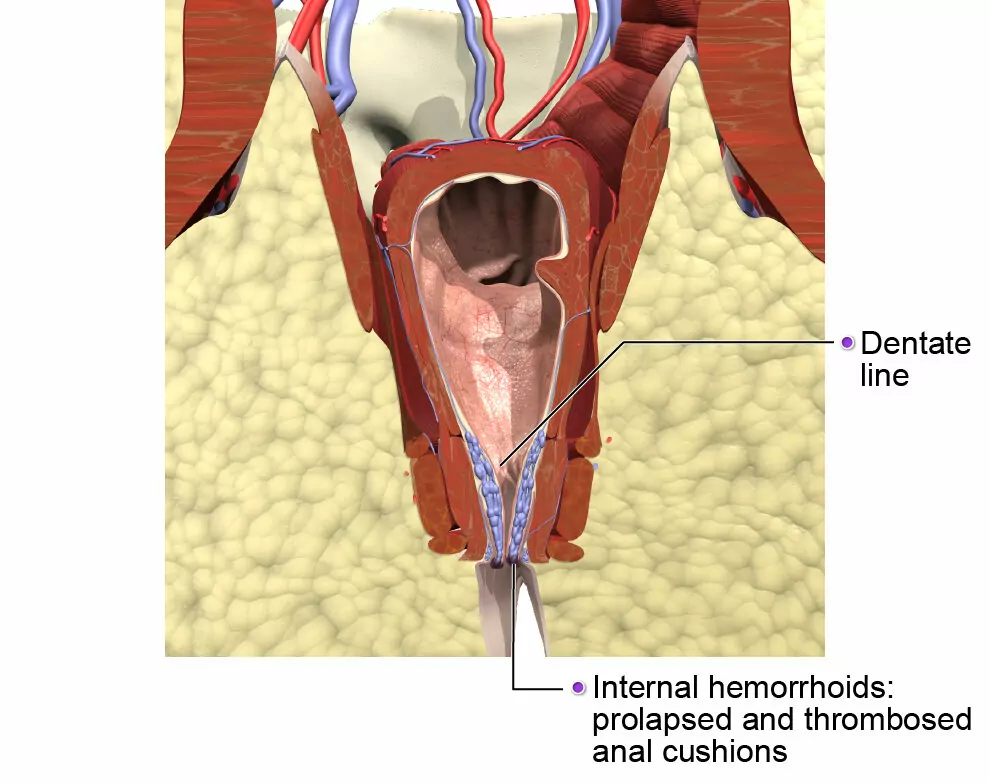
- Last and definitely least are prolapsed hemorrhoids, which stretch and bulge and protrude outside the anus. They may become thrombosed, resulting in extreme pain.
Constipation is another byproduct of the sitting and scrolling habit. Constipation is marked by infrequent bowel movements, dry or hard to pass stools and a feeling of incomplete evacuation.
Rectal prolapse can happen when the rectum, part of the large intestine, slips down inside the anal canal due to weakened muscles. This can, but rarely, be caused by spending too much time on the toilet.
You’ve sat too long – now what?
What if the lure of social media was too much for you, and after spending an hour seated on the commode studying the latest dance moves you find you’ve developed a problem? Many of the conditions caused by prolonged downward pressure on the anal canal can be effectively treated at home or by using over-the-counter remedies. For instance, the discomfort of mild hemorrhoids – which may cause itching, pain or bleeding – may be alleviated by soaking in a sitz bath of warm water a couple of times a day; applying witch hazel or an OTC cream/gel containing lidocaine or hydrocortisone; and relieving the pain with nonsteroidal anti-inflammatory drugs (NSAIDs) to treat the associated discomfort and inflammation.
However, more serious versions of conditions with excessive pain that prevent you from going about your day-to-day activities require medical attention and may call for surgical intervention. This is true in the case of rectal prolapse and severe hemorrhoids. The former of which will have the rectum tethered back to its original place, while the latter will involve removing the prolapsed or external hemorrhoids via a hemorrhoidectomy by rubber band ligation, or electro- or infrared coagulation.
Looking ahead to the health of your behind
Even after treatment, you may not be out of the woods with these anal canal-related maladies. Without making changes to your diet and exercise habits to include more bulk-forming fiber and plenty of water and daily movement, you may still be susceptible to constipation that can trigger hemorrhoids and other anal canal issues. So eat a healthy diet, stay fit, use laxatives sparingly, go when you feel the urge and spend no more than a few minutes sitting on the toilet. Taking the proper steps to prevent these inconvenient, painful or downright excruciating conditions is the key to less stress on the muscles controlling your anal canal, ensuring a better quality of life. Eliminating habits like using your smartphone while you take care of your bathroom business can lead to a healthier, happier tush.
The images in this post are from from Primal’s Disease & Conditions module. To learn more about this or other Primal learning resources, please fill in the form here and our team will be in touch.
